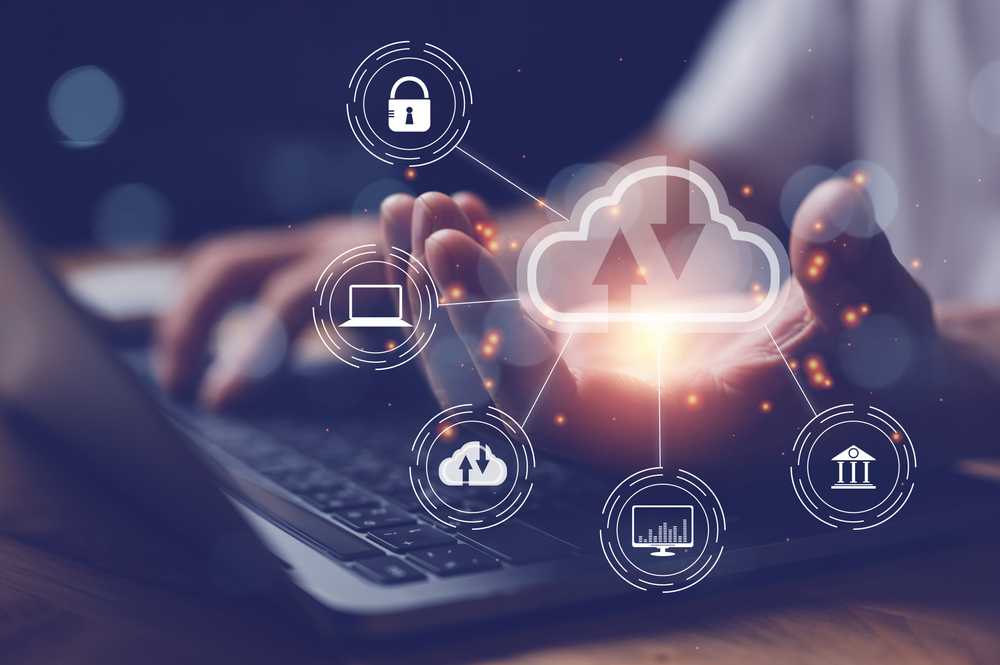
As businesses increasingly migrate to cloud services, securing data in these environments has become a critical concern. The flexibility, scalability, and cost-effectiveness of the cloud are undeniable, but they also introduce unique security challenges. This blog post will explore the best practices to safeguard your data in the cloud, helping organizations navigate the complexities of cloud security.
Fundamental Concepts to Cover :
Understanding Cloud Security Risks:
- Discuss the common threats associated with cloud environments, such as data breaches, misconfigurations, and insider threats.
- Highlight the shared responsibility model, where both the cloud provider and the customer have roles in ensuring security.
Data Encryption:
- Explain the importance of encrypting data both at rest and in transit.
- Discuss different encryption methods and the role of encryption keys, emphasizing the need for strong key management practices.
Identity and Access Management (IAM):
- Emphasize the need for robust IAM policies to control who can access your cloud resources.
- Suggest implementing multi-factor authentication (MFA) and least privilege access to minimize risks.
Regular Security Audits and Compliance:
- Highlight the importance of conducting regular security assessments and audits to identify vulnerabilities.
- Discuss compliance with regulations like GDPR, HIPAA, or industry-specific standards, and how cloud providers support these efforts.
Data Backup and Recovery Plans:
- Stress the need for regular data backups and having a disaster recovery plan in place.
- Explain how these practices can help mitigate the impact of ransomware attacks or other data loss incidents.
Securing Cloud Endpoints:
- Discuss how to secure endpoints that connect to the cloud, including devices used by remote workers.
- Recommend using endpoint protection tools and ensuring devices are kept up to date with the latest security patches.
Continuous Monitoring and Threat Detection:
- Advocate for the use of continuous monitoring tools to detect and respond to threats in real-time.
- Explain how AI and machine learning can enhance threat detection and response capabilities in the cloud.
Securing data in the cloud requires a comprehensive approach that addresses both technological and human factors. By implementing these best practices, organizations can reduce their risk exposure and ensure that their cloud-based data remains protected against evolving cyber threats.




